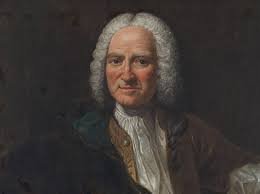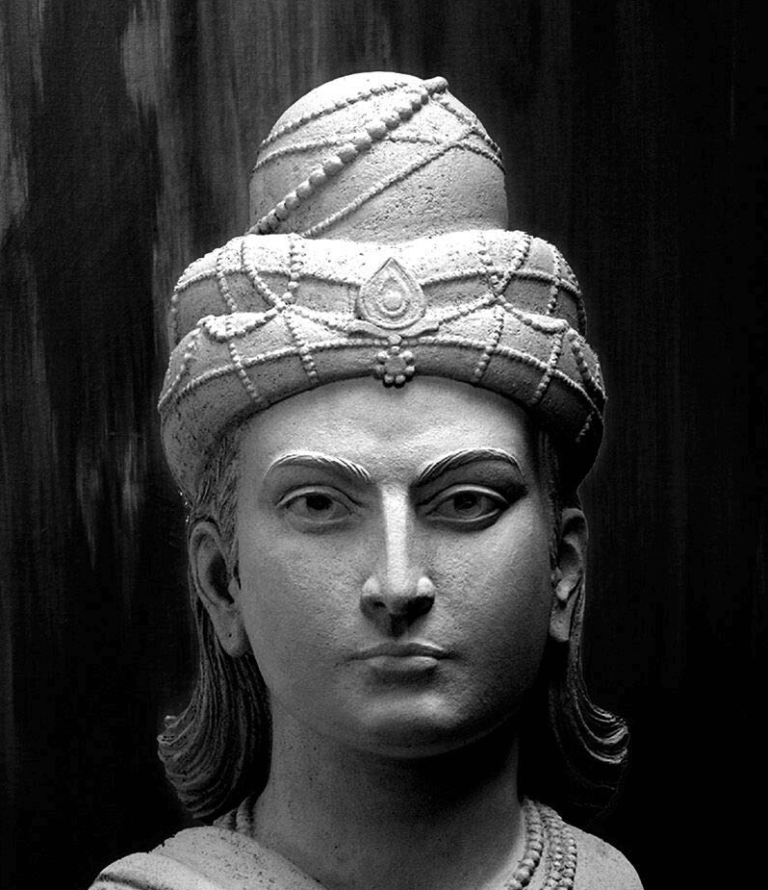Introduction
The Taj Mahal, standing majestically on the banks of the Yamuna in Agra, India, is one of the most recognized monuments in the world. Commissioned by the Mughal emperor Shah Jahan in memory of his favourite wife, Mumtaz Mahal, the mausoleum complex was built in the mid-17th century and formally inscribed by the UNESCO on the World Heritage List in 1983.¹ The Taj remains not only a symbol of Mughal architectural achievement but also a locus for historical scholarship, epigraphic study, and myth-debunking. This article examines its construction history, materiality, inscriptions, conservation, and the major myths that have swirled around it, drawing on primary sources, epigraphy and modern scholarship.
Table of Contents
Historical Context and Commissioning
Shah Jahan reigned from 1628 to 1658 and inherited an empire that had built significant monuments before him.² The decision to create the Taj is often traced to the death of Mumtaz Mahal in June 1631. While the official court chronicles do not explicitly detail the mausoleum’s commissioning in the portions of the Padshahnama that survive, later archival and epigraphic evidence allow a reconstruction of the chronology.³
According to the Government of Uttar Pradesh’s official Taj site, “Shah Jahan set about constructing his ‘master-piece for ages to come’… just the selection of the site, for instance, took him nearly six months.”⁴ Material records estimate that up to 20,000 workers were engaged and a large transport fleet of elephants used to bring material-quarries.⁵
Construction techniques, including foundations of brick and lime mortar with a white-marble veneer, align with Mughal workshop practice.⁶
Architecture, Materials and Workmanship
The tomb stands on a raised square plinth clad in white marble, with chamfered corners creating an octagonal chamber; a hemispherical dome caps the central chamber, flanked by four smaller domes and four slender minarets at the corners. The entire complex is symmetrically laid out, fronted by a large charbagh (four-part) garden whose axial water-courses reflect the tomb’s façade.
The marble is sourced from Makrana (Rajasthan), while red sandstone and other building stone were brought from other regional quarries.⁷ Semi-precious stones (lapis lazuli, jasper, agate etc) were employed in the pietra-dura inlays.⁸ Authoritative scholarship (notably Ebba Koch) interprets the complex as an exemplar of Mughal-Timurid architecture, synthesizing Persian, Indian and Central Asian influences.⁹
One architectural note: the minarets are slightly inclined outwards, a precautionary measure for seismic stability.¹⁰
Inscriptions, Calligraphy and Symbolic Programme
The decorative scheme of the Taj includes extensive Quranic inscriptions inlaid into black marble, framed by white marble and executed with exacting craftsmanship. According to the official Taj site:
“Throughout the complex, passages from the Qur’an are used as decorative elements. …The majority of the text is taken from the Qur’an. There are twenty-two passages in all, including fourteen whole chapters…”¹¹
The great south gateway bears the inscription: *“O Soul, thou art at rest. Return to the Lord at peace with Him, and He at peace with you.”*¹² The calligrapher credited is Amanat Khan (from Shiraz), who came to India in 1608.¹³ The texts chosen deal thematically with judgment, paradise and divine mercy — appropriate for a mausoleum whose symbolic programme blends royal dynastic ambition with Islamic funerary ideology.¹⁴
Koch’s detailed study interprets the entire complex as a “Paradise on earth” motif: the garden tomb symbol inviting the faithful into a vision of the after-life.¹⁵
UNESCO Recognition, Conservation and Management
In 1983 the Taj Mahal was inscribed on the UNESCO World Heritage List, with the justification that it is “one of the universally admired masterpieces of the world’s heritage.”¹⁶ Conservation responsibility lies primarily with the Archaeological Survey of India (ASI). The ASI periodically issues technical reports about restoration, monitoring and visitor-management.¹⁷
Recent challenges include air-pollution (affecting marble discoloration), water-table fluctuations beside the Yamuna, and structural monitoring (e.g., of the dome and minarets) using thermal imaging and LiDAR technology.¹⁸ These modern measures underscore the importance of ongoing care for a monument built over three and a half centuries ago.
Myths and Alternative Narratives
Despite its well-documented history, various myths have attached themselves to the Taj. I discuss the three most persistent ones and contrast them with the documentary evidence.
Myth A: The Taj was originally a Hindu temple called “Tejo Mahalaya” (P.N. Oak theory)
This claim posits that the building pre-dates the Mughals and was later converted. It is largely unsupported by credible evidence. No inscriptions, stratigraphic layers, or contemporaneous texts corroborate a pre-Mughal monumental temple of that scale on the same site. Scholars characterise this as pseudo-history.¹⁹
Myth B: Shah Jahan ordered the removal of workers’ hands (or mutilation) so no one could replicate the Taj
This popular story features in tourist lore. Koch describes it as a “guides’ tale” matching a common folk-motif (king demolishes or maims artisans to protect uniqueness).²⁰ No contract, court record or Mughal chronicle evidences such an order.
Myth C: A European (or foreign) architect designed the Taj
Some narratives credit a European architect or single foreign designer; however, primary Mughal documentation and architectural-workshop records indicate a team of imperial architects under Ustad Ahmad Lahauri rather than one European master.²¹
In each case the scholarly consensus is that despite these myths’ popular appeal, they fail to stand up to the documentary and epigraphic record.
Why the Scholarly Consensus Favors the Mughal Mausoleum Interpretation
- Court chronicles & archival payments – Though certain volumes of the Padshahnama do not reference the Taj in full, they nonetheless document Shah Jahan’s building programme, workshop personnel and payments.²²
- Epigraphy – The calligraphic inscriptions are unequivocally Islamic in style, text (Quranic), and paleographic date to the 17th century.²³
- Material & construction analysis – Architectural archaeology demonstrates Mughal techniques, foundations, materials and parallels to other known Shah Jahan-era projects.²⁴
- Symbolic programme – The thematic programme (paradise gardens, funerary tomb, imperial statement) aligns with Mughal funerary architecture and ideology rather than a repurposed temple.²⁵
Consequently, the standard interpretation holds that the Taj Mahal is indeed a 17th-century Mughal imperial mausoleum, built in memory of Mumtaz Mahal and executed under Shah Jahan, with Ustad Ahmad Lahauri commonly cited as architect.
Conclusion
The Taj Mahal remains one of the most extraordinary architectural achievements of the early modern world. Its significance lies not only in its marble, gardens and domes, but also in the rich documentary, epigraphic and archaeological record that supports its history. Equally important is the recognition that many myths surrounding the monument — while alluring — do not withstand scholarly scrutiny. For students of architecture, art-history, Islamic funeral culture and heritage management, the Taj presents a case-study in how court chronicles, inscriptions, material analysis and modern conservation converge.
With its UNESCO status, extensive scholarship and public fascination, the Taj continues to invite both admiration and rigorous inquiry.
Bibliography
Asher, Catherine. The Architecture of Mughal India. Cambridge: Cambridge University Press, 1992.
Begley, Wayne E. “The Myth of the Taj Mahal and a New Theory of Its Symbolic Meaning.” The Art Bulletin 61, no. 1 (March 1979): 7-37.
Koch, Ebba. The Complete Taj Mahal and the Riverfront Gardens of Agra. London: Thames & Hudson, 2006.
Koch, Ebba. “The Taj Mahal: Architecture, Symbolism, and Urban Significance.” In Muqarnas: An Annual on the Visual Culture of the Islamic World, Vol. XXII (2005): 128-149.
“Shah Jahan Builds the Taj Mahal.” Research Starters. EBSCO Publishing. Accessed [date].
“Taj Mahal: Calligraphy, Inscription and Decoration.” Government of Uttar Pradesh, Taj Mahal official website. Accessed [date].
“History of the Taj Mahal.” Government of Uttar Pradesh, Taj Mahal official website. Accessed [date].
“Taj Mahal.” Wikipedia. Accessed [date].
¹ UNESCO World Heritage Centre, “Taj Mahal,” accessed [date].
² Research Starters, “Shah Jahan Builds the Taj Mahal.”
³ “History of the Taj Mahal,” Government of Uttar Pradesh.
⁴ Ibid.
⁵ Ibid.
⁶ Wikipedia entry, “Taj Mahal.”
⁷ Wikipedia entry.
⁸ Research Starters.
⁹ Koch, The Complete Taj Mahal, and Koch, “The Taj Mahal: Architecture…”
¹⁰ Times of India, “5 unique facts about the Taj Mahal…” (news).
¹¹ “Taj Mahal: Calligraphy…”
¹² Ibid.
¹³ Research Starters.
¹⁴ Ibid.
¹⁵ Koch, “The Taj Mahal: Architecture…”
¹⁶ UNESCO World Heritage Centre.
¹⁷ ASI reports and archives (see Government of Uttar Pradesh website).
¹⁸ Times of India (news) on conservation.
¹⁹ “Taj Mahal Barking Up the Wrong Oak,” Swadharma.
²⁰ Koch, The Complete Taj Mahal, pp. 231-242.
²¹ Wikipedia, “Ustad Isa” / Asher, The Architecture of Mughal India.
²² Research Starters; Swadharma article on Padshahnama.
²³ Taj Mahal Calligraphy website; Government of Uttar Pradesh website.
²⁴ Wikipedia; Koch; Asher.
²⁵ Koch, “The Taj Mahal: Architecture…”



